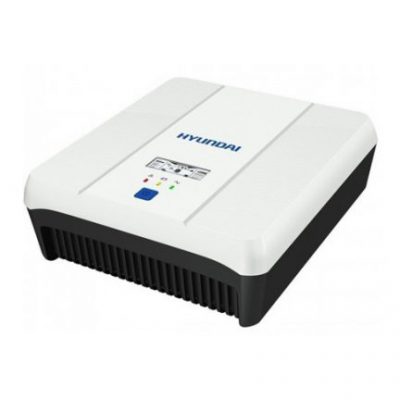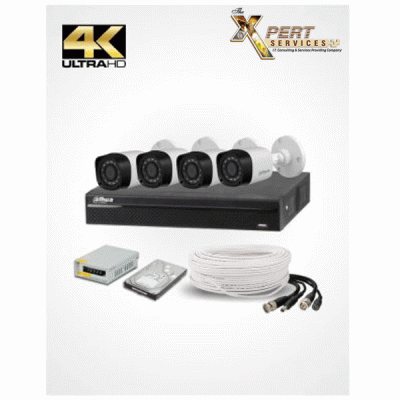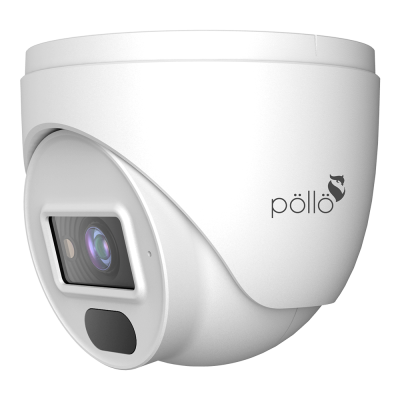
by Azhar Farooq | Nov 5, 2025 | Solar
“Too small risks closure; too big wastes money.” When it comes to solar panels, homeowners, stores, and factories all have to make the same choice. The old “+20%” recruitment used to work, but things have changed since then:Microclimates: A...

by Azhar Farooq | Oct 15, 2025 | Solar
Why are the volts and AMPs important in the solar power system Understand the difference between WOLT AND IMPS It is important to build or use the solar power system. These two power conditions determine how power your solar setup can provide and how effective it...

by Azhar Farooq | Oct 14, 2025 | Solar
Single 2025 Solar Exhibitions Plan: Discover Modern Solar Solutions 1. Show quartzite RV 2025 In the last 30+ years, quartzite sports, vaccinations and RV shows for RAWing Public … must be seen as one of the “Essential” programs for the “event...

by Azhar Farooq | Oct 10, 2025 | Solar
Customs solar panels transform users from “plug and play” kits to engineer, application -related energy systems. Instead of selling Fixed SKUs, OEM manufacturing designs are integrated into modules that are integrated into partner devices – RV roofs,...

by Azhar Farooq | Sep 28, 2025 | Solar
Yes, you can run AC on solar in RV – but only with the right design.High performance panels, lithium storage, MPPT controllers, and a soft star make it possible to enjoy silent, generator -free, durable cooling.Although clear cost is important, long-term...















